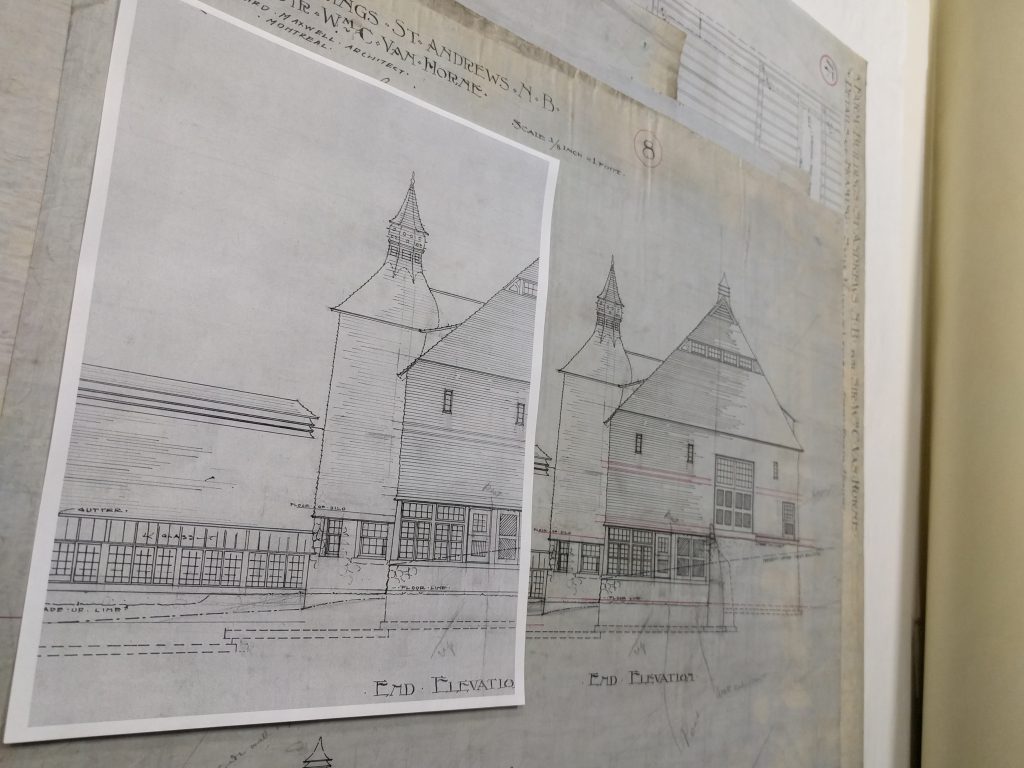As 2017 comes to a close, the McGill Library has become the forefront in digitization. Not only has the library embarked on more systematic digitization projects, it has also fulfilled a record number of scan requests and added over 1,500 new digitized books to the internet archives since 2016. It is interesting to reflect on a few of the other significant accomplishments in the Digitization Lab this past year.
One important achievement was the purchase and implementation of the Quartz Suprascan, a new planetary scanner specifically designed for large format digitization of rare material. This new acquisition made it possible to consolidate all of our equipment into one space, replacing the Better Light system that was housed in the back room of Rare Books and Special Collections. Not only has the Quartz Suprascan increased productivity because of its speed and superior level of image quality, it has also made it easier to manage large format digitization becoming a central part of the Lab. Its other innovative features include the 1:1 scanning ratio, the relief enhancing lighting, and the glare control system that enables digitization of sealed drawings in glossy mylar without reflections.
Another area in which digitization has had a major impact is in digital exhibitions. The introduction of interactive touch tables in 2016 created a mini-boom for curated selections of digitized items. This innovative technology is ideal for showcasing digitized work by allowing users to zoom into the finer details with the push of a fingertip. Some recent examples include Vimy Ridge, an exhibit that commemorated the 100th Anniversary of the Battle of Vimy Ridge; an exhibition dedicated to the work of Robert Reid that featured over 250 pieces of his work; and the Montreal Maps exhibition, in which a hundred maps dating from between 1556 and 1946 were digitized to celebrate Montreal’s 375th anniversary.
At the start of the year, a new large-scale digitization initiative was started with the help of Collection Services. During cataloguing, any material that was published before 1896 and considered unique was brought to digitization ahead of being returned to Rare Books. This new and improved workflow opened the door to our collections and shared some incredible items from the McGill Library with the world. These items are from a range of collections including Islamic Manuscripts, Blacker-Wood, McGill Theses, and Voltaire.
Other notable digitization projects include:
- The creation of the 19th Century Sheet Music Exhibition website, a selection of music pieces that were digitized in 2015 that will be launched in January.
- The Date Rescue: Archives and Weather (DRAW). A project that consisted of digitizing selected ledger pages that were poorly microfilmed.
- The digitization of 85 pieces from Charles Clark’s Private Press dating from between 1820-1884 from our Colgate Collection.
- The digitization of the Osler Medical Calendars comprising 128 issues of the announcements from 1852-1986.
- The digitization of several journals, including the Railroader Weekly, the Railway Review, Public Address, and the Morgan Arboretum Annual report.
- Ongoing digitization projects include the Lande Canadiana Collection, Islamic Lithographs, and theses after 1967.
- The redesign of the digital exhibition and collections page.
Here’s looking forward to 2018 and the interesting and exciting projects that are on the horizon for the Digitization Lab.




Pingback: Canadian History Roundup – Weeks of December 17th, 24th, 31st, 2017 and January 7, 2018 | Unwritten Histories